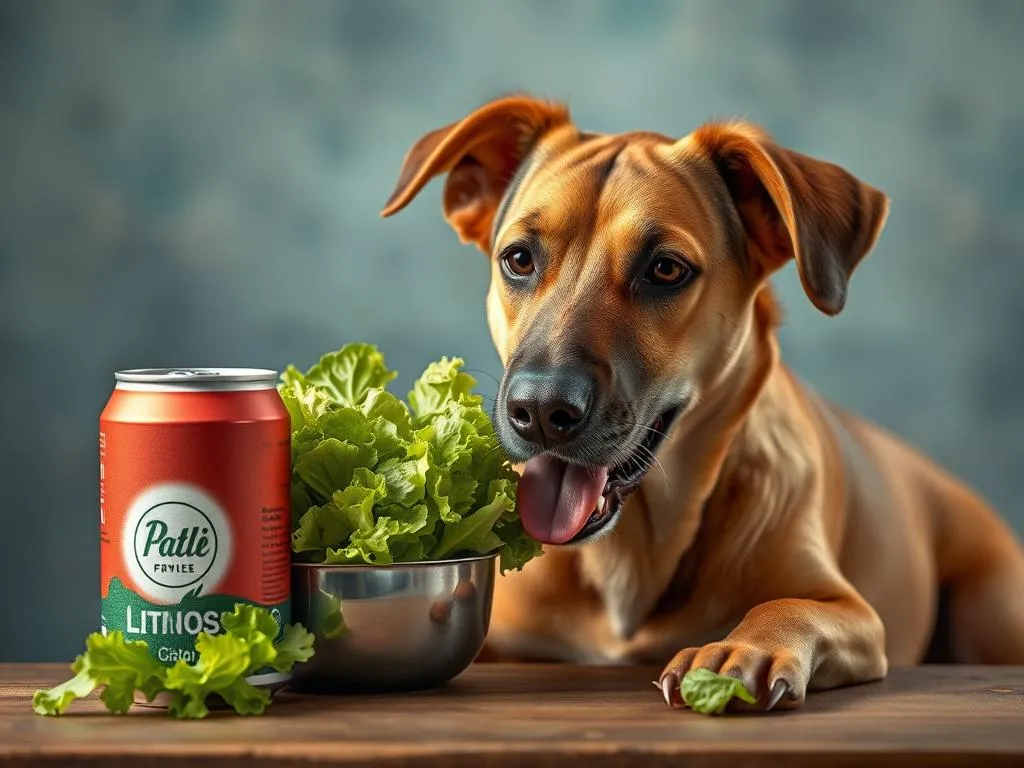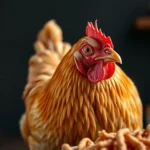
Introduction
Dog nutrition plays an essential role in ensuring our furry companions lead healthy, happy lives. As pet owners, understanding what constitutes a balanced diet for dogs is crucial, especially when it comes to incorporating vegetables. One common question that arises among dog lovers is: Can dogs eat lettuce? This inquiry highlights the importance of knowing which foods are safe and beneficial for our pets. In this blog post, we will explore dog nutrition, the potential benefits and risks of feeding lettuce to dogs, and how to safely introduce this leafy green into their diet.
Understanding Dog Nutrition
Basic Nutritional Needs
Dogs, like all living beings, require a balanced diet that includes essential nutrients to thrive. Here’s a breakdown of the primary nutrients necessary for optimal canine health:
-
Proteins: Essential for building and repairing tissues, proteins are crucial for growth, immune function, and overall health. High-quality protein sources include lean meats, fish, and legumes.
-
Fats: Healthy fats provide energy and support cell function. Omega-3 and Omega-6 fatty acids are particularly beneficial for skin and coat health.
-
Carbohydrates: While dogs are often labeled as carnivores, carbohydrates can provide a valuable energy source. Whole grains and vegetables offer digestible carbs that aid in maintaining healthy digestion.
-
Vitamins and Minerals: Vitamins A, D, E, and K, along with minerals like calcium and phosphorus, play vital roles in various bodily functions, including immune response and bone health.
Common Misconceptions about Dog Food
There are many myths surrounding dog nutrition; one common misconception is that dogs are strictly carnivores and should only eat meat. In reality, dogs are omnivores, meaning they can benefit from a variety of foods, including vegetables. A balanced diet that includes vegetables can provide essential vitamins, minerals, and fiber, contributing to a dog’s overall well-being.
Can Dogs Eat Lettuce?
Nutritional Value of Lettuce
Lettuce is a leafy green vegetable that comes in various types, including romaine, iceberg, and leaf lettuce. While it may not be the most nutrient-dense food, it does contain several beneficial components:
- Fiber: Lettuce is a good source of dietary fiber, which aids in digestion.
- Vitamins: It provides vitamins A and K, both of which are vital for maintaining healthy skin, vision, and blood clotting.
- Low Calories: Lettuce is low in calories, making it a great option for dogs that need to maintain or lose weight.
Potential Benefits of Lettuce for Dogs
Incorporating lettuce into a dog’s diet can offer numerous advantages:
-
Hydration: Lettuce has a high water content, which can help keep dogs hydrated, especially in hot weather.
-
Digestive Health: The fiber found in lettuce promotes healthy digestion and can help prevent constipation.
-
Low-Calorie Treat: For overweight dogs, lettuce can serve as a crunchy, low-calorie treat alternative to traditional dog biscuits.
Risks and Considerations of Feeding Lettuce
While lettuce can be a healthy addition to a dog’s diet, there are some risks to consider:
-
Digestive Issues: Some dogs may experience gas, bloating, or diarrhea if they consume too much lettuce or are introduced to it too quickly.
-
Quantity Matters: Large quantities of lettuce can lead to digestive discomfort, so moderation is key.
-
Dog Size and Breed: Reactions to lettuce can vary depending on a dog’s size and breed. Smaller dogs may be more sensitive to new foods.
How to Safely Introduce Lettuce to Your Dog’s Diet
Preparing Lettuce for Dogs
To safely incorporate lettuce into your dog’s diet, follow these best practices:
-
Washing: Always wash lettuce thoroughly to remove any pesticides or contaminants.
-
Cutting: Cut the lettuce into small, manageable pieces to prevent choking hazards, especially for smaller breeds.
-
Serving Sizes: Start with small servings, especially if your dog hasn’t eaten lettuce before. A few leaves for larger dogs or a small piece for smaller dogs is a good starting point.
Signs of Allergic Reactions or Discomfort
When introducing any new food, it’s essential to watch for signs of allergic reactions or discomfort. Common symptoms may include:
- Vomiting
- Diarrhea
- Excessive itching or scratching
If you notice any adverse reactions, consult your veterinarian promptly.
Alternatives to Lettuce
Other Safe Vegetables for Dogs
If you’re exploring vegetables to include in your dog’s diet, consider these safe options:
- Carrots: Rich in beta-carotene and low in calories.
- Green Beans: High in fiber and vitamins, a great crunchy treat.
- Spinach: Packed with iron and vitamins, but should be fed in moderation due to oxalates.
Treat Ideas Using Lettuce
Lettuce can also be used creatively in dog treats. Here are simple ideas to incorporate lettuce into your dog’s diet:
- Lettuce Wraps: Use lettuce leaves to wrap pieces of cooked chicken or turkey for a nutritious snack.
- Frozen Treats: Blend lettuce with dog-safe fruits like bananas, pour into ice cube trays, and freeze for a refreshing treat on hot days.
Conclusion
In summary, can dogs eat lettuce? Yes, in moderation, lettuce can be a healthy addition to your dog’s diet, offering hydration, fiber, and low-calorie options. However, it’s essential to introduce it safely and watch for any adverse reactions. A balanced diet that includes a variety of vegetables can significantly contribute to your dog’s overall health. Always consult your veterinarian for personalized dietary advice tailored to your dog’s specific needs.
FAQs
Can dogs eat all types of lettuce?
Generally, dogs can eat most types of lettuce, including romaine and leaf lettuce. However, iceberg lettuce offers limited nutritional value and should be given sparingly.
How much lettuce can I give my dog?
Start with small amounts, such as a few leaves for larger dogs or a small piece for smaller dogs. Monitor their reaction and adjust serving sizes accordingly.
Are there any dogs that should avoid lettuce?
Dogs with specific digestive issues or those that have shown allergies to leafy greens should avoid lettuce. Always consult your veterinarian if unsure.
What should I do if my dog eats too much lettuce?
If your dog consumes a large quantity of lettuce and shows signs of discomfort, such as vomiting or diarrhea, contact your veterinarian for guidance.
References
- Citing credible sources and studies related to dog nutrition and safe food practices.









